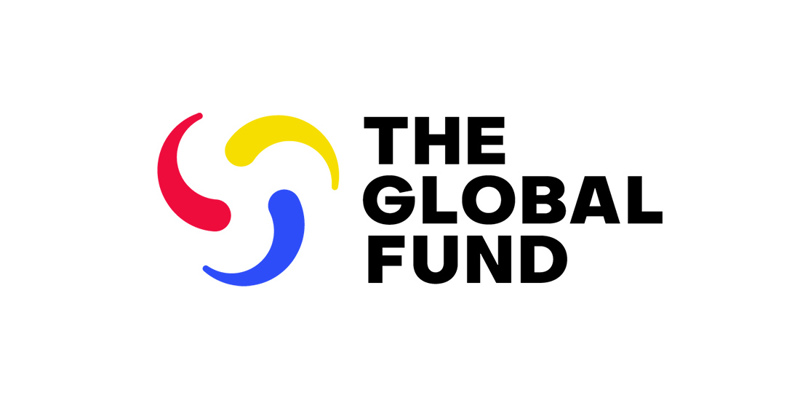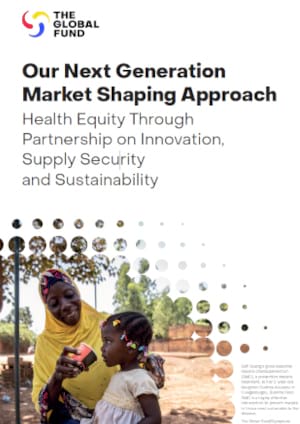Countries are expected to include a request to fund priority investments that should be fully funded but cannot be because of limited resources – a “prioritized above allocation request” – in their funding application. These requests are reviewed by the Technical Review Panel, and interventions that are found to be strategically focused and technically sound are registered as “unfunded quality demand.” These investments are often funded through savings or efficiencies during grant-making, but can also be funded through additional resources that may become available during the cycle, such as Portfolio Optimization, debt to health swaps or private sector contributions.
Register of Unfunded Quality Demand
A register of unfunded quality demand is linked to each funding cycle. Items on the register remain active there until the end of the corresponding “allocation utilization period”. Watch our Global Fund Cycles video to learn about this period. If an unfunded item from the 2020-2022 register is still a priority, countries must include it again in their new PAAR for the 2023-2025 allocation period for review by the Technical Review Panel, to confirm that the investment continues to be strategically focused, technically sound, and poised for impact and sustainability in the context of the new allocation investments. Once it has been assessed as unfunded quality demand, it can then be added to the 2023-2025 register.
The register takes the form of an Excel tool that can be searched and analyzed by region, country, component and program to help potential donors more easily identify areas of need. The Global Fund strongly encourages all donors to consider providing additional contributions to fund programs on the register. See our Filling Critical Gaps page to find out more.
- 2023-2025 Register of Unfunded Quality Demand
download in English - 2020-2022 Register of Unfunded Quality Demand
download in English - Prioritization Framework for Financing Items on the Register of Unfunded Quality Demand
download in English | Español | Français
Portfolio Optimization
When countries face challenges in implementing or scaling-up programs, there is a risk that the funding dedicated for these programs will go unused during the three-year grant period. While the Global Fund works with countries to address the root causes of implementation bottlenecks, it also uses Portfolio Optimization as a tool to ensure that funds are used in a timely way to achieve their full potential.
Across an entire portfolio, funds are aggregated and then analyzed to develop a forecast of funds that will remain unutilized. Following risk-adjustments and approval from the Board, these funds are able to be re-invested into approved programs listed on the Register of Unfunded Quality Demand. Individual programs are not penalized for slower use of funds, are still able to access their entire allocation, and are encouraged to accelerate spending and programmatic activities until the end of their grant period.







